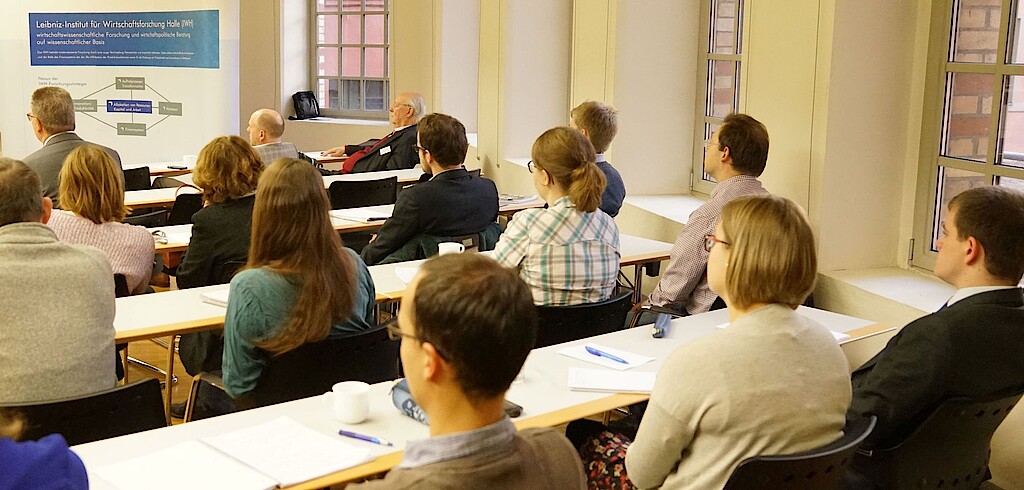
14:15 - 15:45
Dynamic Risk-Shifting, APR-violations, and Chapter 11: The Role of "Soft” versus "Tough” Bankruptcy Code Design
We show that there are two separate incentive effects of soft law working in opposite directions, the “NoAPR- effect” and the “Chapter 11-effect”, respectively.
Wer
Wo
We show that there are two separate incentive effects of soft law working in opposite directions, the “NoAPR- effect” and the “Chapter 11-effect”, respectively. For firms living for a finite number of periods, the NoAPR-effect mitigates risk-shifting, while the Chapter 11-effect works the other way round. In a “going-concern” world with an infinite number of periods, APR-violation and soft law provide a unanimous positive impact on the firm’s incentive to risk-shift. These results suggest that, in a classical financial contracting framework, soft bankruptcy law should be regarded as superior when compared to tough law. Our results, however, further suggest that, in a Rational Expectations Equilibrium (REE) with rational creditors, the superiority of soft codes and APR-violation is not as clearcut. Instead, it may also happen that the regulator is better off with a “very tough” code, i.e. if the shareholders of insolvent firms are obliged for additional payments to the creditors by means of pledging private collateral.
Ihr Kontakt

Interne und externe Kommunikation
Für Rückfragen stehe ich Ihnen gerne zur Verfügung.
+49 345 7753-850 Anfrage per E-Mail



